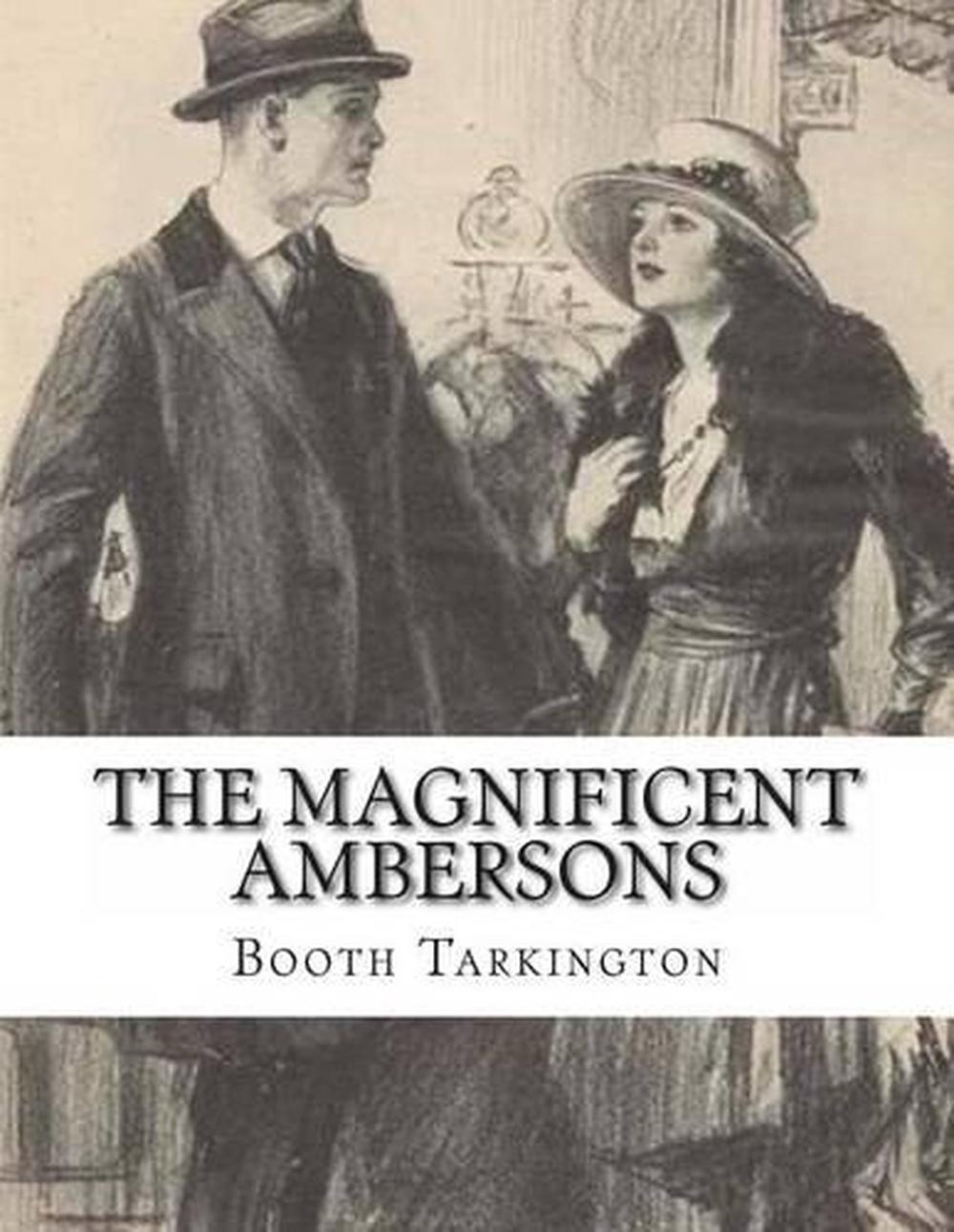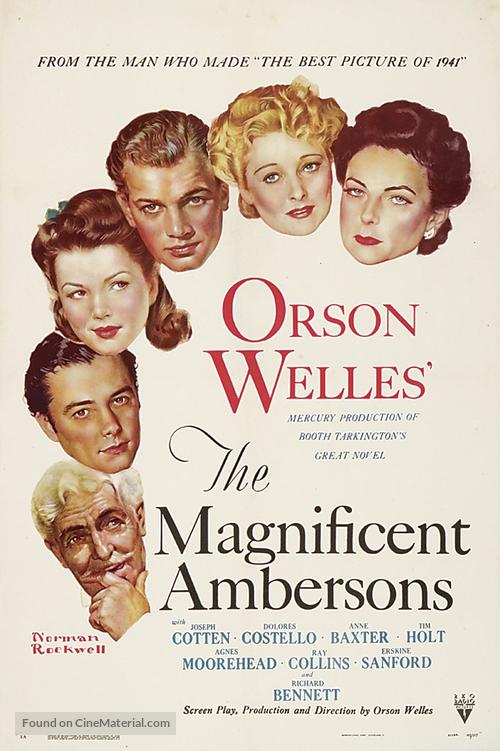
ESSAY: The Rise and Fall of Booth Tarkington Hoosiers, (The Lost World of Booth Tarkington) (Thomas Mallon, May 2004, Atlantic Monthly) Tarkington, Booth (The Columbia Encyclopedia, Sixth Edition. Booth Tarkington (1869-1946) (American Literature on the Web) Modern Library Top 100 Novels of the 20th Century Ambersons is nostalgic for the rigid class structure of the American past, even as it questions whether that structure had a right to exist.Brothers Judd Top 100 of the 20th Century: Novels “The faster we’re carried, the less time we have to spare,” Welles’ own narration observes. It all forms a dark and deeply bitter picture of American progress, as George’s refusal to embrace the rise of the automobile – as consumer or investor – is depicted as one of the main reasons for his family’s ruin. Nevertheless, the bold cinematic techniques Welles employed in Citizen Kane are put to even more sophisticated use here: deep-focus cinematography that emphasizes the sprawling emptiness of the Amberson mansion the use of crane and tracking shots to heighten tension and drama brooding production design that overwhelms the characters long takes with faces in silhouette. At least that’s the focus of the remaining 88 minutes, which is unfortunate, because Holt is hardly the actor to carry all of the thematic and narrative weight of a movie that was clearly envisioned as more of an ensemble epic (Joseph Cotten, Dolores Costello, Anne Baxter, Agnes Moorehead and Ray Collins are all on hand in what feel like truncated turns).

Based on the novel by Booth Tarkington, Ambersons traces the downfall of a once-great Midwestern family in the early 20 th century, mostly through the eyes of its spoiled young scion, George (Tim Holt). I’m going to say “near,” if only because there is no denying the harm done by the studio interference that took place once it left Orson Welles’ hands.

The only debate over The Magnificent Ambersons seems to be whether it’s a near masterpiece or an unqualified one.


 0 kommentar(er)
0 kommentar(er)
